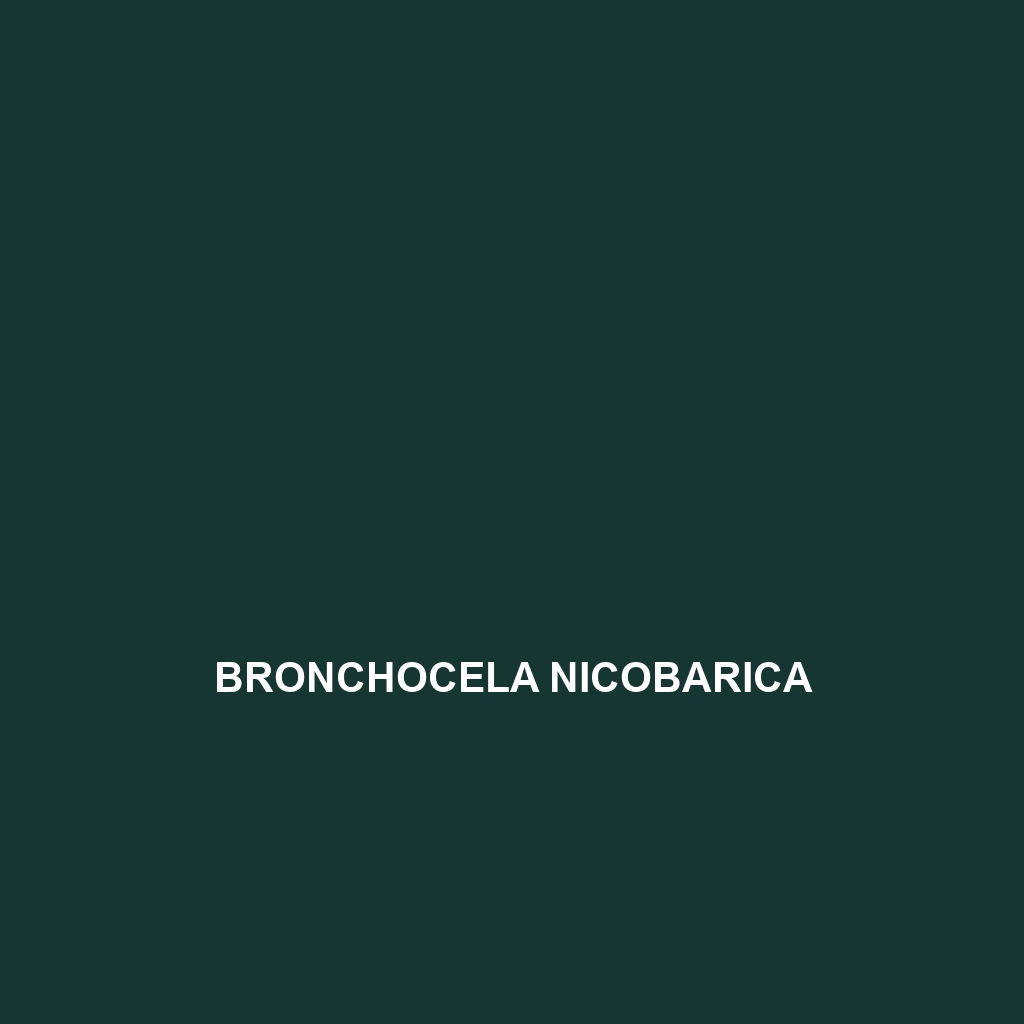Species Description: Bronchocela marmorata
Common Name: Bronchocela marmorata
Scientific Name: Bronchocela marmorata
Habitat
Bronchocela marmorata, commonly known as the Mottled Forest Dragon, is primarily found in the lush rainforests of Southeast Asia. This species is predominantly located in countries such as Malaysia, Indonesia, and the Philippines. It thrives in humid tropical environments and is often discovered in arboreal habitats, where it resides in the canopies of trees, blending seamlessly with the foliage.
Physical Characteristics
This captivating lizard can reach an average length of 60 to 70 centimeters. Its skin exhibits a stunning pattern of green, brown, and grey hues that allows it to camouflage effectively within its surroundings. The distinctive flattened body shape and elongated limbs are complemented by a unique crest running along its back, making Bronchocela marmorata easily identifiable. Its large, expressive eyes provide keen vision, crucial for spotting both predators and prey.
Behavior
Bronchocela marmorata is predominantly diurnal, exhibiting active behavior during the daytime. It is known for its remarkable ability to remain motionless for extended periods, using this motionlessness as a defense mechanism against predators. Additionally, this species displays interesting social behaviors during the mating season, often engaging in vibrant displays to attract potential mates.
Diet
The diet of Bronchocela marmorata consists primarily of insects and other small invertebrates. It is an insectivore, often feasting on ants, beetles, and grasshoppers. This lizard uses its quick reflexes and agility to hunt its prey, often waiting patiently and striking swiftly when an opportunity arises. This feeding behavior plays a vital role in controlling insect populations within its habitat.
Reproduction
Bronchocela marmorata engages in a fascinating reproductive cycle, typically breeding during the wet season. Females lay multiple eggs in hidden, moist locations within the forest floor to ensure the safety of their offspring. The hatchlings emerge after a few months, already displaying the same stunning color patterns as adults, which aids in their survival against predators.
Conservation Status
Currently, Bronchocela marmorata is classified as vulnerable due to habitat loss from deforestation and climate change. Conservation efforts are essential to protect this species and its natural habitat from ongoing environmental threats.
Interesting Facts
One of the most fascinating aspects of Bronchocela marmorata is its ability to change colors slightly in response to environmental conditions, an adaptation that enhances its camouflage. Additionally, this lizard is known to exhibit a unique mating ritual that involves synchronized movements and displays, drawing interest from researchers and nature enthusiasts alike.
Role in Ecosystem
Bronchocela marmorata plays a crucial role in its ecosystem as both a predator and prey. By feeding on insects, it helps maintain a balance in the ecosystem, while its presence provides food for larger predators, showcasing the interconnectedness of the rainforest’s food web.
